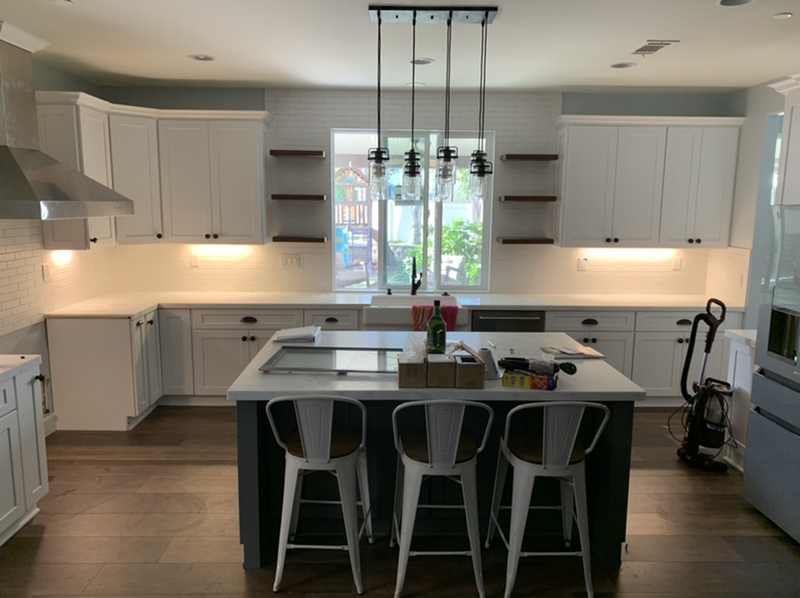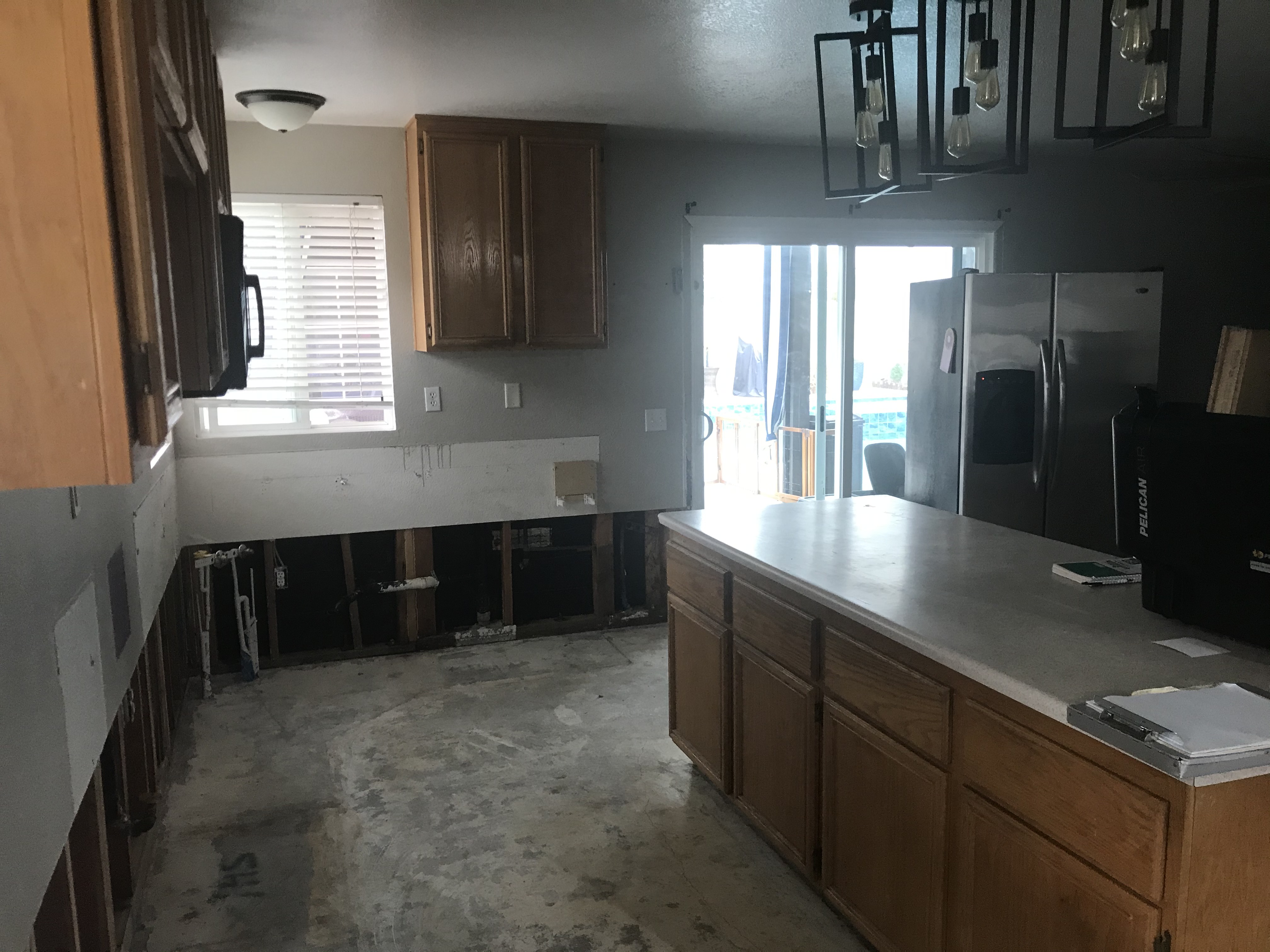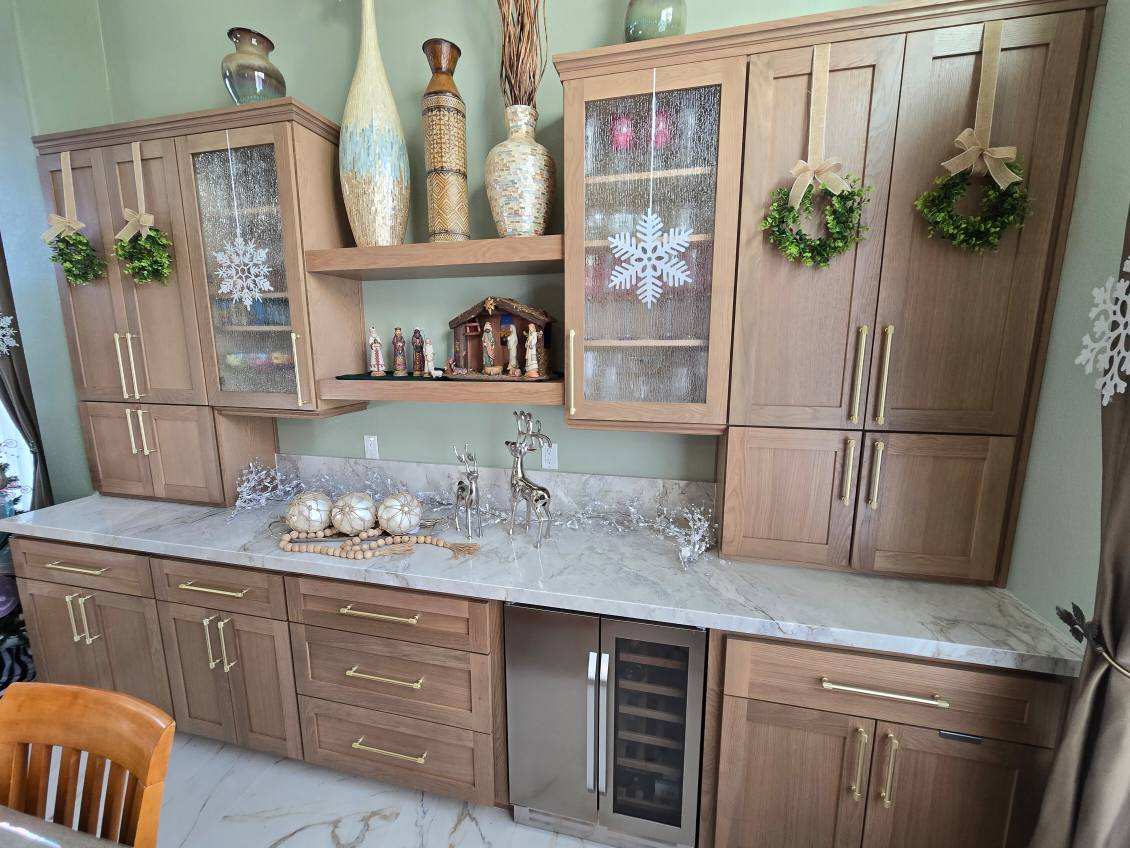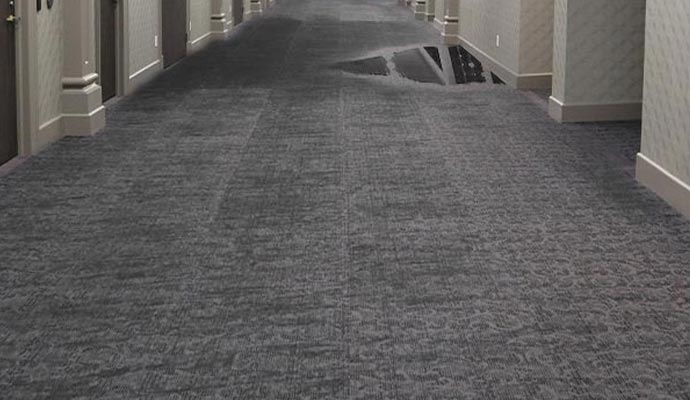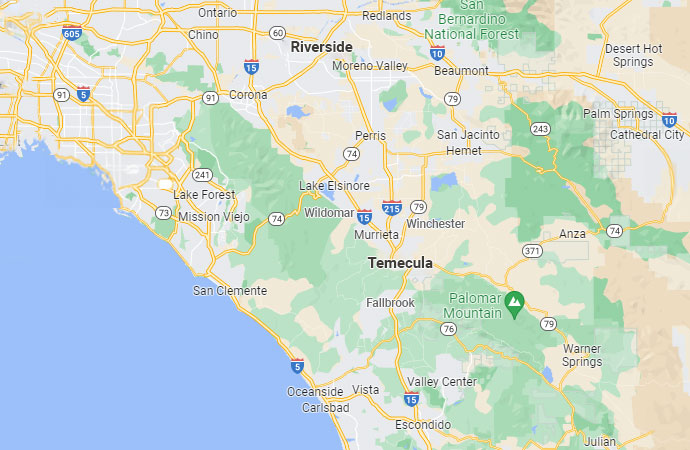Your Ultimate Guide to Pipe Corrosion
The dangers of pipe corrosion
Pipe corrosion is that unpleasant, unfriendly, caustic neighbor that lives a little too close, is a little too loud and takes up a little too much space; far more than they should compared to your good neighbors. It’s that element that you certainly didn’t invite to the party and if you find them in the mix now you have got to figure out how to get rid of them as quickly as possible.

Pipe corrosion works quietly, secretly breaking down the very baseline of your home’s plumbing system. As a homeowner it is crucial to recognize the pattern before it happens, understand how it happens and subsequently head it off before it becomes a nightmare for you. Simply put, pipe corrosion is what happens when piping materials break down because of its environment . That is in part the “what” of the equation but the “how” or cause is an entirely different situation.
Again with the “what,” the simplest cause of the breakdown or corrosion is contact. This means that when metal (your pipes) come into contact with other elements like water, oxygen, dirt or other metals, deterioration or corrosion begins. The disintegration begins after it is exposed to water because particular physical and chemical reactions have started to take place. As a result, the piping is weakened and your plumbing system will in time fail.
Understanding the “what” is the beginning but the pattern and the prevention are the foundation. You might have seen rusty sections of pipes or other metal components. The sections usually appear as worn down, deteriorated or eaten away. That is the first sign of pipe corrosion. There are a few contributing factors to the contributing elements of pipe corrosion; low water pH, high oxygen levels in your water and water turbulence. All three elements will be the primary causation for the start of corrosion and in turn result in leaks.
Causation - check!, now pattern and prevention are up. The top signals that there is corrosion in the line likely will include one, some or all of the following:
- Water discoloration when you first turn the faucet on in the morning
- Water has an unusual odor which has a metallic scent
- Water has a faint to strong metallic taste
- Poor water pressure out of the faucets
- Foreign or unusual noises coming from the plumbing
- Rapid temperature fluctuations
If you notice any of the above signs within your plumbing you likely have some corrosion within your pipes. Fortunately, there are several things a homeowner can do to avoid pipe corrosion from becoming a menace. A trusted resource for inspection, maintenance and prevention will always be your strongest line of defense. Additionally, every informed homeowner will be aware of the following prevention tips for healthy plumbing and pipeline elements:
- Avoid metal to metal contact by insulating your pipes with pipe shoes or pipe wear pads
- Stability within the pipe structure through use of clamps and straps amongst other forms
- Standard pipe cleaning
- Always monitor water flow, note any changes even minor ones
Corrosion is an issue that no homeowner should underestimate or overlook. This is not a problem that will go away or fix itself. The best way to keep corrosion at bay is to always have these tips in mind and always be aware of any changes within these elements. The prevention of water damage resulting from leaky or burst pipes can save you thousands of dollars in damages. In turn it would be in a homeowners best interest to partner with a well qualified, highly trained and reputable resource for inspection, maintenance and repair on a regular basis. The foundation of your home depends on it.

